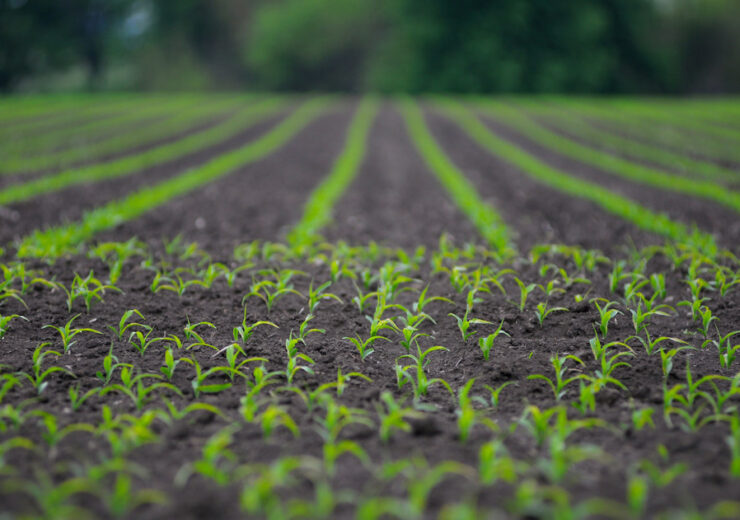Sempra Energy will provide $2m funding to the Salk Institute to fund the "Sequestering Carbon Through Climate Adapted Sorghum" project

The Salk Institute’s Harnessing Plants Initiative (HPI) is an innovative, scalable and bold approach to fight climate change by optimizing a plant’s natural ability to capture and store carbon and adapt to diverse climate conditions. (Credit: Paul Orr/Shutterstock.com/ PR Newswire.)
US-based energy infrastructure company Sempra Energy in collaboration with Salk Institute has announced a new project to advance plant-based carbon capture and storage research.
The company will provide $2m funding to the Salk Institute to fund the “Sequestering Carbon Through Climate Adapted Sorghum” project, which will help to address the climate crisis.
The five-year project is part of the Institute’s Harnessing Plants Initiative (HPI), an innovative, scalable and bold approach to fight climate change by optimising a plant’s natural ability to capture and store carbon and adapt to diverse climate conditions.
The initiative is aimed at developing crop plants which have significant global acreages to store long-lasting carbon in the soil.
Sempra said that the crop plants which are engineered to store more carbon in the soil for a long time may cause a huge reduction in atmospheric carbon dioxide.
Salk Institute HPI co-director Salk Professor Wolfgang Busch said: “There is incredible urgency to address our changing climate.
“As the world’s population increases to 10 billion or more, global warming is going to put incredible pressure on our ability to meet humanity’s needs for food, fuel and fibre.
“Sempra’s investment in research to develop solutions that remove excess carbon from the atmosphere is an investment in our shared future.”
Salk’s researchers to develop Salk Ideal Plants
The researchers of the institute are aiming to develop the Salk Ideal Plants to reduce the effects of climate change by decreasing the amounts of the excess carbon in the atmosphere while providing more food, fuel and fibre for the increasing population.
Using Sempra’s funding for the next five years, the scientists will work to develop a drought-tolerant, carbon-sequestering grass (sorghum) variety to grow on land in Southern California.
They will also work to store carbon in the soil to use for grain production, grazing or bio-energy feedstocks.
